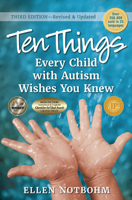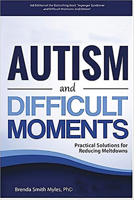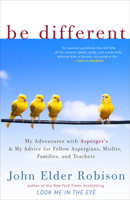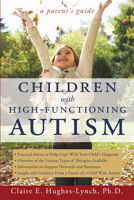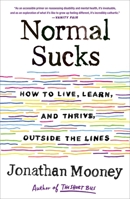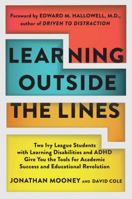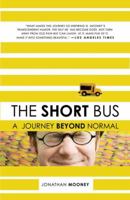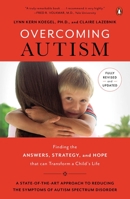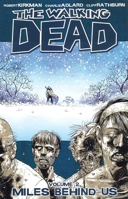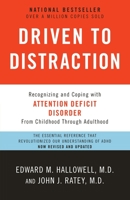Diffusion
(Book #1 in the Diffusion Series)
Diffusion back of book material: 195 words from Amazon
What would you sacrifice to bring to light the greatest discovery in human history?
Quentin Darnell was only a boy when his anthropologist parents were overcome by a professional failure so crushing it led to his father's suicide. Now a schoolteacher, Quentin is looking for answers that can only be found in the wild terrains of Indonesian Papua, where years ago his parents studied an isolated aboriginal tribe.
Quentin leads his wife, son, and six students on a field trip to experience Papua's pristine tropical forests. When their plane tragically crashes in the wilderness, Quentin becomes trapped in a vicious fight to protect the ones he loves.
Just as resources and hope run out, several mysterious tribesmen appear, bearing a substance with extraordinary healing properties. The material promises to benefit all of humanity. But it's much more than medicine. It creates creatures unknown to science. And it brings to life what should remain dead-including Quentin's own son, Addison.
Logic and sanity begin to unravel. Addison speaks a new language. He knows things he shouldn't. And he's a killer.
For the others to escape, Quentin must face a decision no parent should have to make.
You Might Also Enjoy
Related Subjects
Business Business & Investing Economics Engineering Math Mathematics Science & Math Technology

















